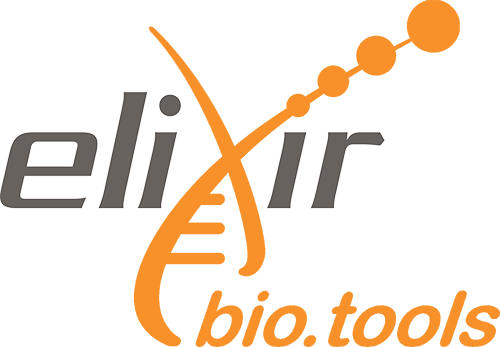e-learning
Training Custom YOLO Models for Segmentation of Bioimages
Abstract
In bioimages, challenging morphologies are often quite hard to segment using traditional computer vision/image analysis methods. Therefore, using semi-supervised machine learning methods like deep learning for such tasks is getting more popular.
About This Material
This is a Hands-on Tutorial from the GTN which is usable either for individual self-study, or as a teaching material in a classroom.
Questions this will address
- Why use YOLO for segmentation in bioimage analysis?
- How can I train and use a custom YOLO model for segmentation tasks using Galaxy?
Learning Objectives
- Preprocess images (e.g., contrast enhancement, format conversion) to prepare data for annotation and training
- Perform manual/human-in-the-loop semi-automated object annotation.
- Convert AnyLabeling annotation files into YOLO compatible format for training.
- Train a custom YOLO model for segmentation.
Licence: Creative Commons Attribution 4.0 International
Keywords: Imaging
Target audience: Students
Resource type: e-learning
Version: 2
Status: Active
Prerequisites:
- FAIR Bioimage Metadata
- Introduction to Galaxy Analyses
- REMBI - Recommended Metadata for Biological Images – metadata guidelines for bioimaging data
Learning objectives:
- Preprocess images (e.g., contrast enhancement, format conversion) to prepare data for annotation and training
- Perform manual/human-in-the-loop semi-automated object annotation.
- Convert AnyLabeling annotation files into YOLO compatible format for training.
- Train a custom YOLO model for segmentation.
Date modified: 2025-07-31
Date published: 2025-07-25
Contributors: Leonid Kostrykin, Yi Sun
Scientific topics: Imaging
Activity log


